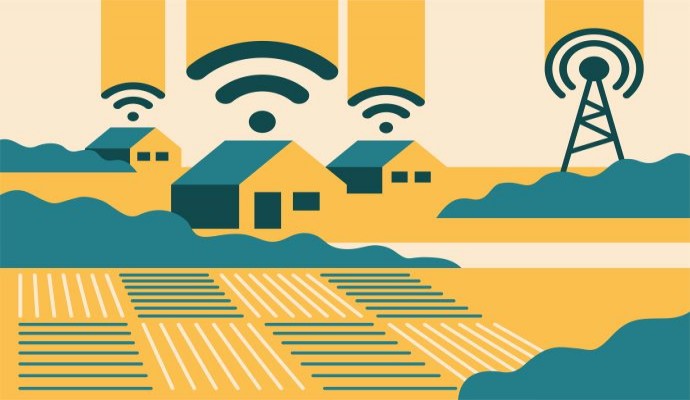Telehealth, High-Speed Internet Access May Not Close Care Gaps
Access to telehealth and high-speed internet increases primary care use overall, but healthcare disparities persist, a new study shows.

Source: Getty Images
- New research indicates that expanding access to telehealth services and high-speed internet may not close gaps in primary care utilization, as higher telehealth uptake was linked to groups with higher healthcare use before the COVID-19 public health emergency (PHE).
Published in JAMA Network Open, the study aimed to investigate how telehealth expansion and access to high-speed internet impact primary care use across sociodemographic determinants of health.
Amid the unprecedented rise in telehealth adoption during the COVID-19 PHE, several barriers to patient access arose. Lack of access to high-speed internet proved to be one such widespread barrier. Independent research conducted by BroadbandNow shows that at least 42 million Americans don’t have access to terrestrial broadband internet.
To assess how telehealth expansion and internet speed are associated with primary care use, researchers from Boston University Medical Center, University of Wisconsin-Madison, and Georgetown University studied changes in telehealth and in-person primary care visits among adult Wisconsin Medicaid beneficiaries across three periods: a pre-PHE period from June 1, 2019, to February 29, 2020, an initial PHE period from March 1, 2020, to May 31, 2020, and a prolonged PHE period from March 1, 2020, to December 31, 2021.
The researchers defined access to high-speed internet as “living in a census block group with a median block maximum download speed of 940 megabits per second or greater.”
The study included 172,387 participants, of whom 60.2 percent were White, 19.9 percent were Black, and 8.7 percent were Hispanic. Most (66 percent) lived in urban areas and had access to high-speed internet (82.6 percent). A little over 42 percent had a chronic condition.
In the pre-PHE period, healthcare visits were higher among urban than rural residents. During the PHE period, telehealth use increased more among urban than rural residents. Between June 2019 and December 2021, urban residents experienced a 63.87 percent greater increase in visits than their rural counterparts.
Patients with access to high-speed interest had higher rates of primary care utilization pre-PHE than those without. They exhibited greater telehealth uptake — as measured by both the number of visits and share of visits completed via telehealth — than those without high-speed internet access.
Researchers also re-estimated models, stratifying them by internet speed. They found that differences by geography, sex, age, and chronic disease persisted among high-speed and low-speed internet areas.
“However, stratification isolated the telehealth advantage for non-Hispanic Black and Hispanic individuals to those with HIS [high-speed internet],” researchers wrote.
Visit rates were significantly higher for White patients compared to Black patients in the pre-PHE period. In the prolonged PHE period, the increase in telehealth visits among Black patients was 10.19 percent lower than for White patients. However, Black patients exhibited a more significant increase in the share of visits completed through telehealth.
Interestingly, pre-PHE visit rates for Hispanic and White patients were similar, and Hispanic individuals had greater telehealth uptake than White individuals following PHE onset.
Further, individuals with chronic disease completed more primary care visits than those without in the pre-PHE period. This trend continued in the initial PHE period, where chronic disease patients exhibited a 188.07 percent greater telehealth visit increase compared to those without chronic disease. They also showed a greater increase in telehealth visit share.
Thus, researchers concluded that “telehealth and HIS [high-speed internet] may boost PC [primary care] receipt, but will generally not close utilization gaps.”
“…leveraging telehealth to improve access for underserved populations will require more nuanced attention to the specific mechanisms linking telehealth and health care utilization to avoid inadvertently deepening disparities for select populations,” they wrote.
